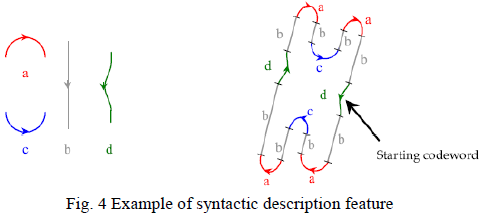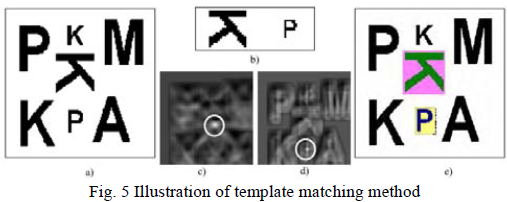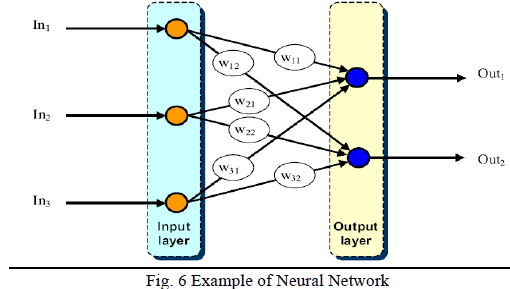Pattern Recognition Methodologies
Pattern Recognition Methodologies: There are four major methodologies in pattern recognition; these are statistical approach, syntactic approach, template matching & neural network.
Statistical Approach: Typically, statistical pattern recognition systems are based on statistics and probabilities. In these systems, features are converted to numbers which are placed into a vector to represent the pattern. This approach is most intensively used in practice because it is the simplest to handle. In this approach, patterns to be classified are represented by a set of features defining a specific multidimensional vector: by doing so, each pattern is represented by a point in the multidimensional features space. To compare patterns, this approach uses measures by observing distances between points in this statistical space.
Syntactic Approach: Also called structural pattern recognition systems, these systems are based on the relation between features. In this approach, patterns are represented by structures which can take into account more complex relations between features than numerical feature vectors used in statistical PRSs. Patterns are described in hierarchical structure composed of sub-structures composed themselves of smaller sub-structures. The shape is represented with a set of predefined primitives called the codebook and the primitives are called code words. For example, given the code words on the left of figure, the shape on the right of the figure can be represented as the following string S, when starting from the pointed codeword on the figure:
S = d b a b c b a b d b a b c b a b (1).
The system parses the set of extracted features using a kind of predefined grammar. If the whole features extracted from a pattern can be parsed to the grammar then the system has recognized the pattern. Unfortunately, grammar-based syntactic pattern recognition is generally very difficult to handle.

Template Matching: Template matching approach is widely used in image processing to localize and identify shapes in an image. In this approach, one looks for parts in an image which match a template (or model). In visual pattern recognition, one compares the template function to the input image by maximizing the spatial cross-correlation or by minimizing a distance: that provides the matching rate.
The strategy of this approach is: for each possible position (in the image), each possible rotation, or each other geometric transformation of the template, compare each pixel’s neighborhood to this template. After computing the matching rate for each possibility, select the largest one that exceeds a predefined threshold. It is a very expensive operation while dealing with big templates and/or large sets of images.

Neural Network: Typically, an artificial neural network (ANN) is a self-adaptive trainable process that is able to learn to resolve complex problems based on available knowledge. A set of available data is supplied to the system so that it finds the most adapted function among an allowed class of functions that matches the input. An ANN-based system simulates how the biological brain works: it is composed of interconnected processing elements (PE) that simulate neurons. Using this interconnection (or synapse), each neuron (or PE) can pass information to another. As can be seen on figure 3, these interconnections are not necessarily binary (on or off) but they may have varying weights defined by the weight matrix W: the weight applied to a connection results from the learning process and indicates the importance of the contribution of the preceding neuron in the information being passed to the following neuron.

